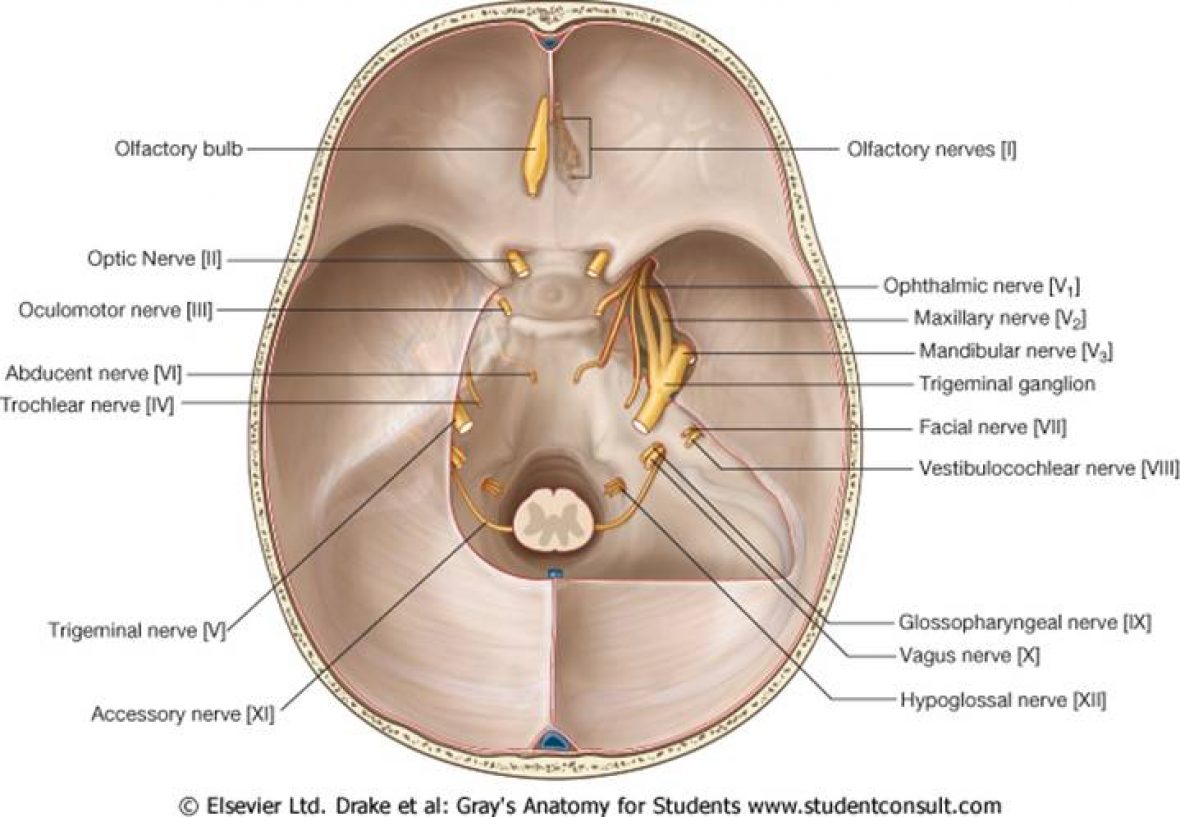I am sure if you surveyed the majority of patients on the street I am sure they would tell you that the most of the arthritic joints will be either in the hip or knee what they don’t realise is that there is a significant movement within the cervical spine.
Cervical canal stenosis is the most common cause of a cervical myelopathy.
Factors that precipitate cervical cord myelopathy include facet joint hypertrophy, residual disc protrusion, thickened ligamentum flavum and joint subluxation (spondylolythesis). Additionally a congenitally narrowed spinal canal with the above pathology can lead to either radicular pain or if significant a spinal cord myelopathy.
So to emphasise the two main pathology that can result of cervical canal stenosis is either:
Cervical Radiculopathy or Cervical Myelopathy
To determine whether the patient has radicular pain or a cervical myelopathy is dependent upon the pattern of weakness and whether they have UMN or LMN signs
A patient presenting with electrical shooting pain like symptoms down their arms with weakness and wasting in their corresponding myotome, and sensory impairment in their corresponding dermatome is most likely to have a cervical radiculopathy.
Cervical Radiculopathy (ASIA Classification)
C5- Elbow Flexion
C6- Wrist Extension
C7- Elbow Extension
C8- Finger Flexion
T1- Finger Adduction/Abduction
This is a nice diagram that shows the relevance of dermatomes and myotomes. They can help identify the source of pathology.

Cervical Myelopathy
This is essentially a simple term for cord compression. At the level of the impingement LMN signs will be present and anything below will be UMN signs due to the interruption of long tracts (motor and sensory tracts)
Motor Findings:
Weakness and Wasting of Hands muscles. For example a patient might tell you I am no longer able to button shirts.
Slow stiff opening of hand muscles
Numb-Clumsy Hands can occur due to dorsal column loss. This is a common presentation of cervical myelopathy. For example a patient might tell you of dropping objects at work
Weakness and spasticity of lower limbs.
Sensory Impairment:
Posterior column dysfunction- e.g. loss of two point discrimination, loss of vibration sense.
Reflexes:
Dependent on where the lesion is will determine which reflexes are exaggerated:
- Biceps reflex
- Triceps reflex
- Supinator reflex
- +ve Homan’s (flexing of the terminal phalanx of the middle finger, leads to flexion of the terminal phalanx of the thumb). This is analogous to the Babinski sign in the lower limb
- Inverted radial reflex-flexion of the fingers in response to the brachioradialis reflex
Sphincters
- Bladder sphincter symptoms are common with both urgency and retention being predominant features.
Syndromes
- Central Cord Syndrome: Typically effects the upper extremities due to arrangement of motor and sensory fibres arranged in the cord. Maybe triggered by hyper-extension on a background of long-standing cervical stenosis.
- Brown-Sequard Syndrome- not caused by trauma, ipsilateral motor, ipsilateral dorsal column and contralateral spinothalamic.
- Motor system syndrome-generally affects the anterior cord affecting the corticospinal tracts and anterior horn cells. This may mimic amyotrophic lateral sclerosis indicative of that Motor Neurone Disease
Surgical Management
- ACDF- (anterior cervical discectomy+fusion) or Posterior Cervical Decompressive Laminectomy
ACDF Complications- I understand this maybe too detailed but you can use this clinical example whilst learning about the anatomy of the neck, as it illustrates the importance of fascial planes.
This is a beautiful picture because it reflects the anatomy of the neck and what can potentially go wrong. Note by gaining access to the neck you are working in the retro-pharyngeal space. It is important to know that the oesophagus, trachea, thyroid lie anteriorly in the pre-tracheal fascia. By working in an empty space, any post-operative haematoma can rapidly enlarge compressing the airway, causing an urgent airway problem as well as dysphagia. Likewise post-surgical oedema can cause dysphagia.
You also know that the recurrent laryngeal nerve runs in between the tracheo-oesophageal groove and again compression can cause vocal cord palsy and stridor.
If you drill to laterally, you might hit the vertebral artery or alternatively but rarely laceration of the carotid as it is retracted to allow space for the surgeon.
Other key post operative complications:
Pain
Infection
Spinal Haematoma causing compression and weakness
However in anterior approach the key and main surgical post operative complication is an urgent airway problem secondary to a haematoma within the retro-pharyngeal space.


